CAO FEI’s Digital Paradigm Shift
|Shelly Reich
While undergoing a paradigm shift in the digital age, we are compelled to question the profound ramifications of technology on our reality. Cao Fei’s pioneering oeuvre spearheads these investigations by excavating the deep interstices of art, media, technology, and futurity. Her most recent exhibition, “Duotopia,” at Sprüth Magers, Berlin, meditates on the intricate interplay between human and machine consciousness, the porous boundaries of virtual and physical worlds, and the limitless potentialities of the metaverse.
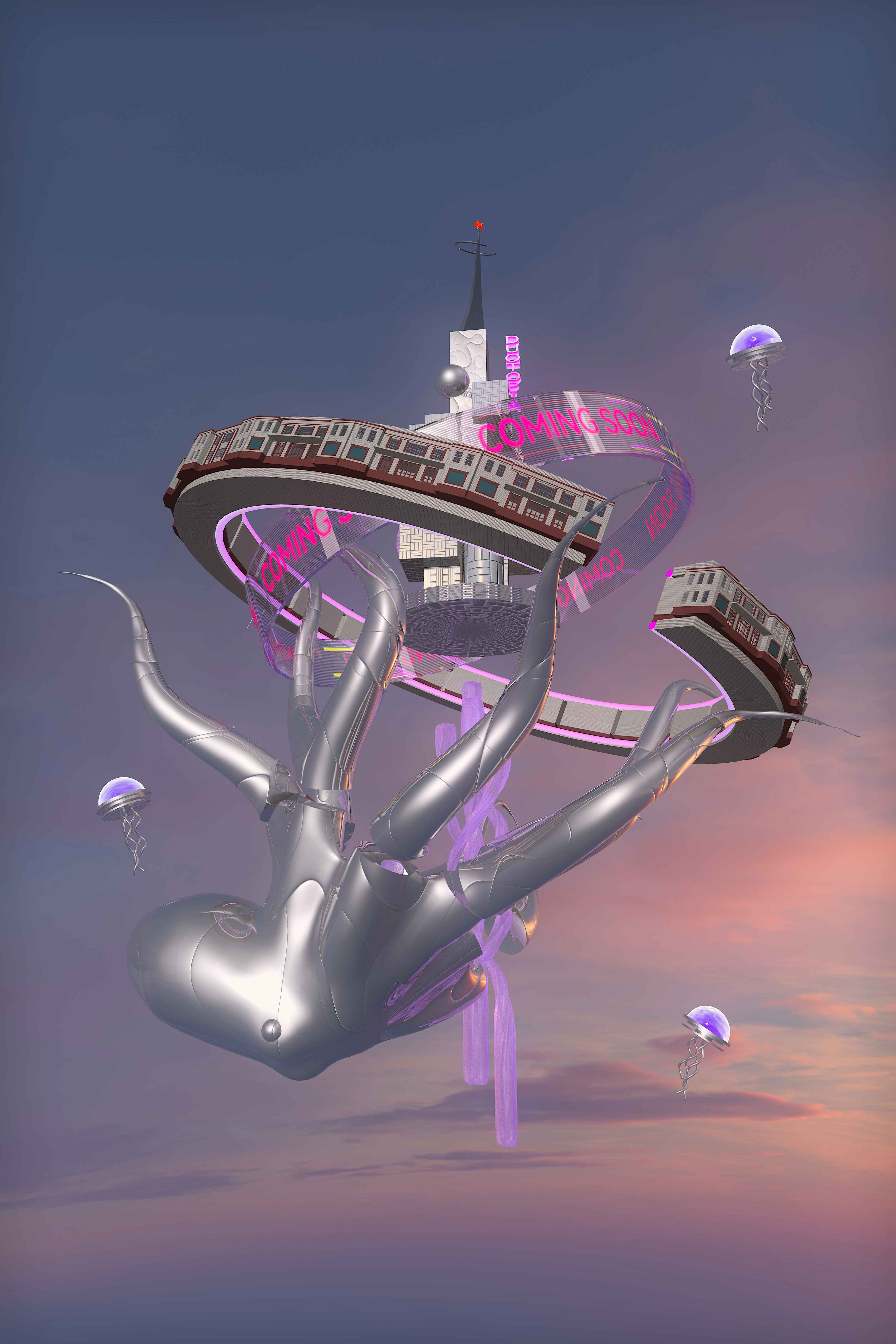
SHELLY REICH: What are the main ideas and messages you hope to convey through your current exhibition “Duotopia”?
CAO FEI: The name of the exhibition, “Duotopia” (duō 多’ in Mandarin, meaning multiple), was chosen to represent the concept of multiple dimensions, perspectives, and worlds. The emergence of the metaverse and virtual reality during the Covid-19 and post-Covid-19 era is a theme that runs throughout the exhibition, as all the new works were created during this time.
While there may not be a direct connection between the metaverse and Covid-19, the timing of their emergence is noteworthy. While people were being locked up in their homes, the virtual world was experiencing a surge in activity. This sharp contrast between the heavy reality of lockdown and the dynamic virtual world is a significant aspect of the show. The exhibition invites viewers to consider the interrelation and flow between these two seemingly different dimensions, offering a glimpse into a parallel world that exists alongside our own.
SR: The trailer for “Duotopia” addressed the idea of landscapes, and it culminated in this caption saying, “I’m here, I’m alone.”
CF: It’s part of a piece, Isle of Instability (2020), created during the early months of the pandemic when my family and I were quarantined in Singapore. To distract and amuse my daughter, we set up our living room as a film studio and created a fairytale storybook about a fake island. While we were filming, I asked my daughter to write something down, like a poem, which became the caption “I’m here, I’m alone.” The concept of waiting for someone to save you while being alone on an island was also discussed as part of the storybook. In terms of reflecting on the current state of society and culture, I think the piece speaks to the isolation and loneliness that many people experienced during the pandemic, as well as the blurred lines between what is virtual and what is real.
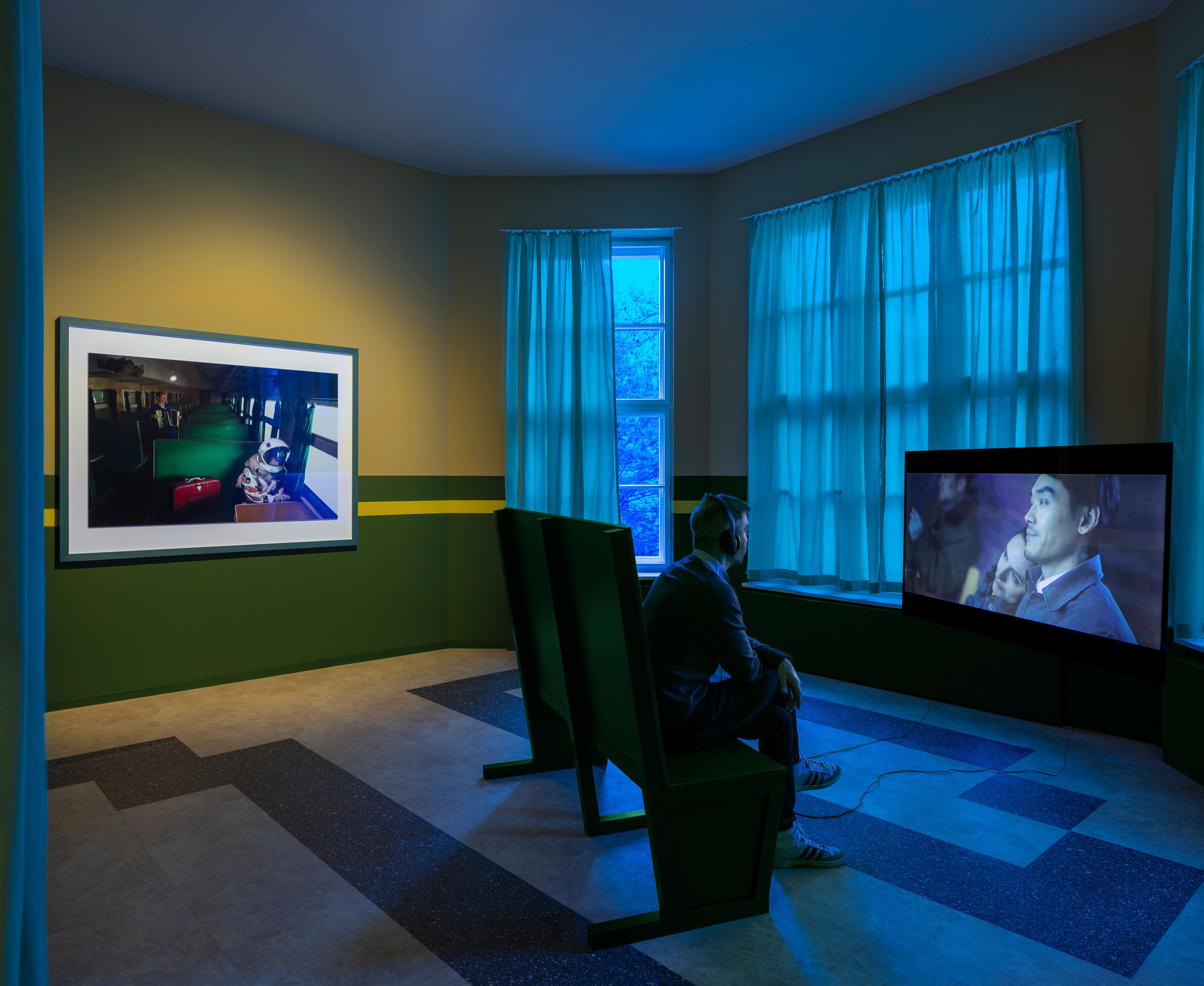
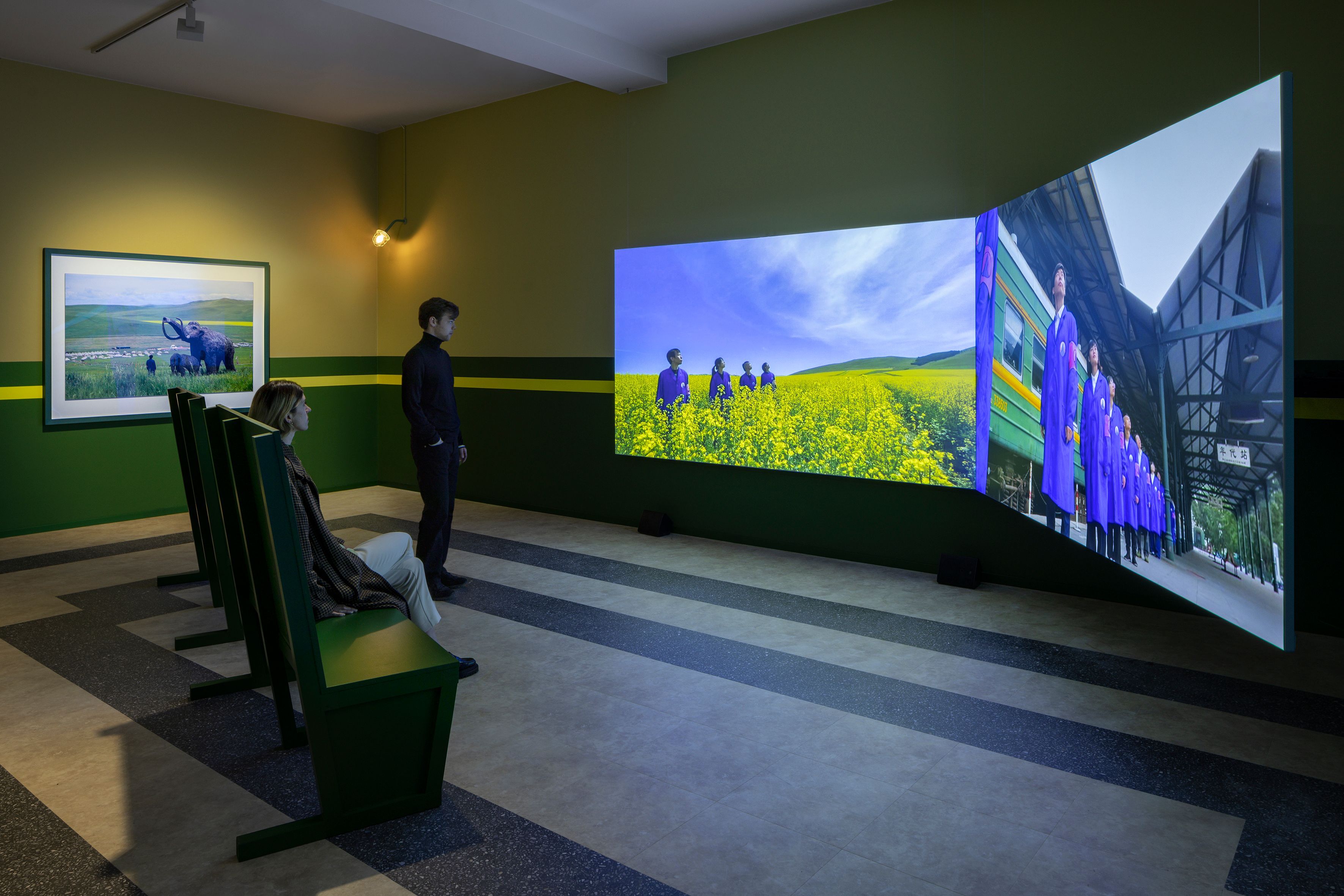
SR: How do you think your practice reflects the current state of society and culture, particularly in relation to our relationship with technology and the blurring of virtual and physical worlds?
CF: In the current moment, technology, including AI, has really blurred the boundary between humanity and the digital world. It’s a real shock for our age. Before in my work, I was describing or portraying a basic version of the digital world, but now we are going into a state of very deep entanglement between the virtual and reality. So, right now I’m thinking about the future or portraying and representing the future. But I also want to look into the past, especially the emotions. And I think technology gives me a chance to go back to the past. I think it’s really important to revisit the history and to revisit the past in time and space.
SR: Your work often deals with historical technology events, such as China’s first computers and the reconstruction of Beijing’s Hongxia Theater. Can you share more about your process of tracing that history and incorporating them into your work?
CF: Actually, there’s no official narrative in China about the history of computer science development. And so, with my HX project, which began with my studio in the former Hongxia Theater in Beijing, I had the opportunity to delve into the history of the development of computer science in China from the 1950s and also the Hongxia Theater itself. Located in the Jiuxianqiao district of Beijing, it played a pivotal role in China’s development of advanced electronics, including the invention of the first Chinese computer. It represents a space from the past that is steeped in history and that has the power to evoke memories and to tell stories that transcend time. I think the Hongxia Theater is a perfect symbol to come back to history and to travel through time.
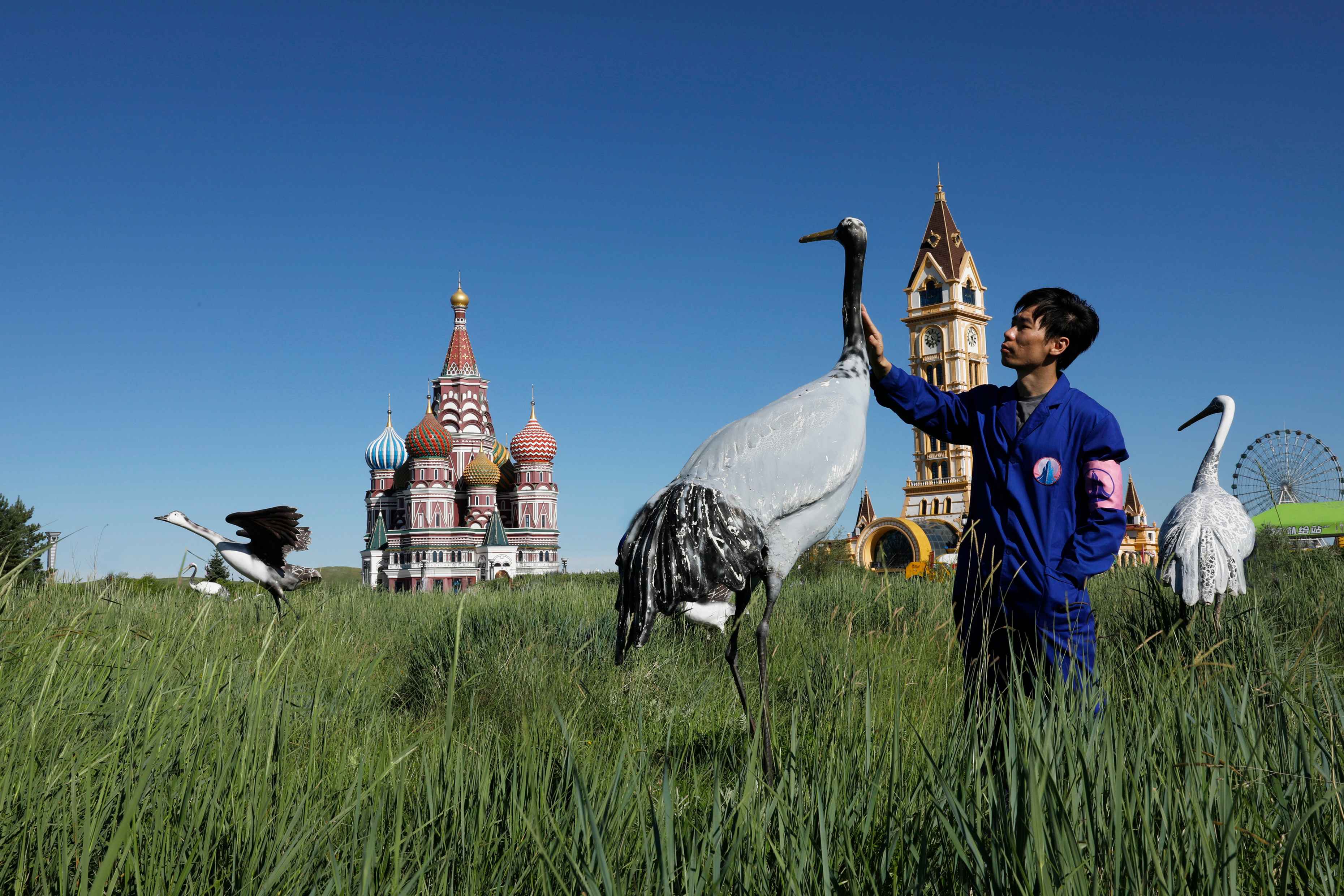
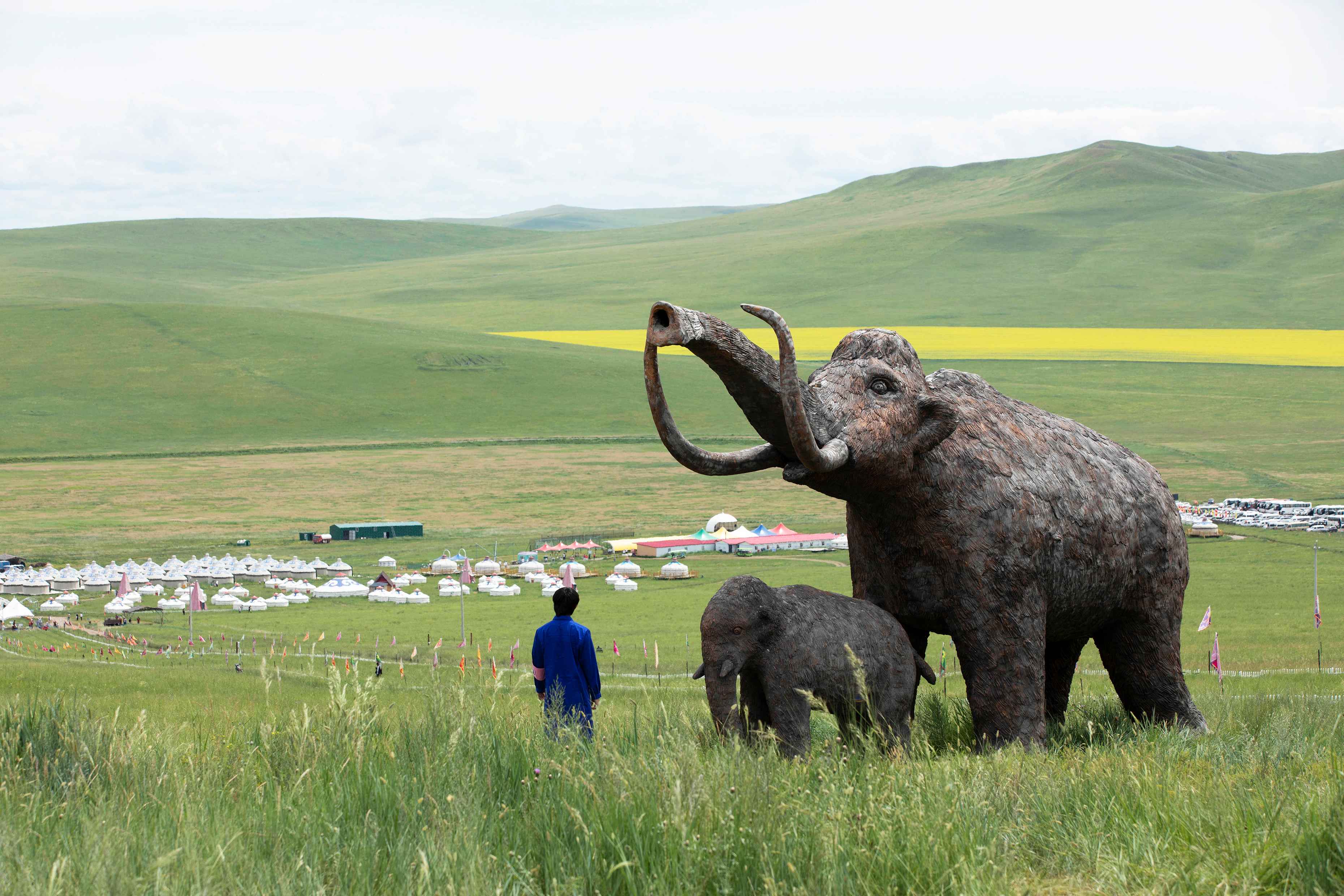
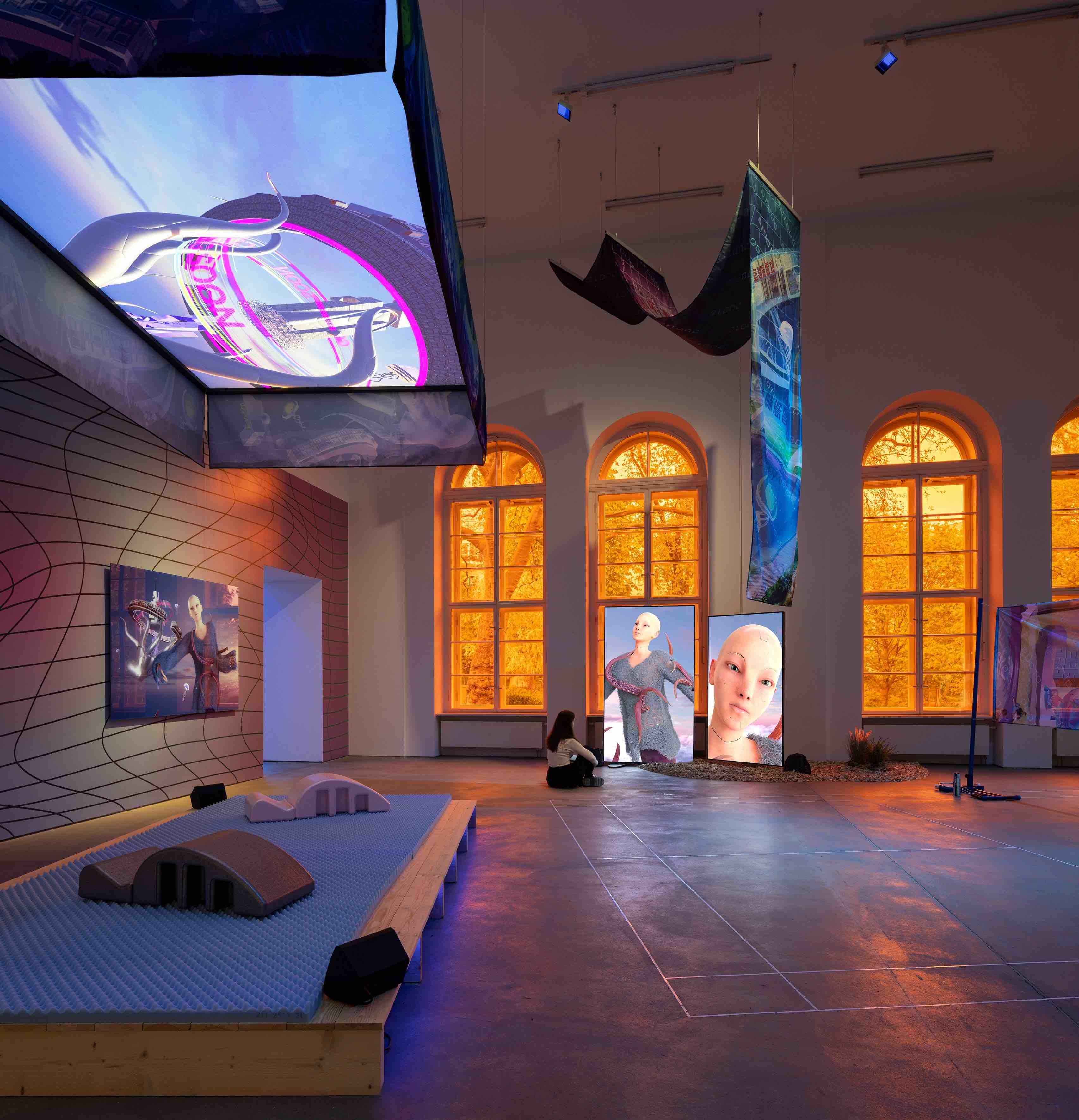
SR: Could you explain how the characters in your work, such as workers, lovers, architects, and virtual explorers, relate to the broader themes and concepts you explore?
CF: I view these characters as archetypes, serving a narrative in a theatrical setting. Take, for example, the architects featured in my work Prison Architect (2018). The architect’s relationship to space, its history, locality, and inhabitants, provides a lens to view the city. In this way, the room can be seen as akin to an artist, exploring the virtual world as an explorer.
The characters and their roles serve to support the narrative, allowing for a strong storyline to emerge. By exploring these themes through characters, I aim to create works that speak to the complexities of our world, highlighting the multifaceted relationships between space, people, and power dynamics.
SR: “Duotopia” features a new avatar named Oz. The video work showcasing Oz will be presented on vertical screens reminiscent of mobile phones, and it will be exhibited alongside Tracy China, an avatar you created 15 years ago. Could you talk about the evolution of your work and the differences between these two avatars?
CF: China Tracy and Oz represent different moments in the evolution of my creative vision. China Tracy embodies a sense of optimism and positive exploitation of technology prevalent at the time of its creation. In contrast, Oz, my newest avatar, is a product of a world full of uncertainty and a growing sense of disillusionment with the impact of technology on humanity.
However, despite their differences, I see these avatars as part of a larger dialogue and exploration of the creative possibilities of the virtual world. They are both an expression of my artistic vision and my personal journey through time and space. Through their presence in this show, I hope to offer a glimpse into the multifaceted aspects of my persona and the complex relationship between technology and humanity.
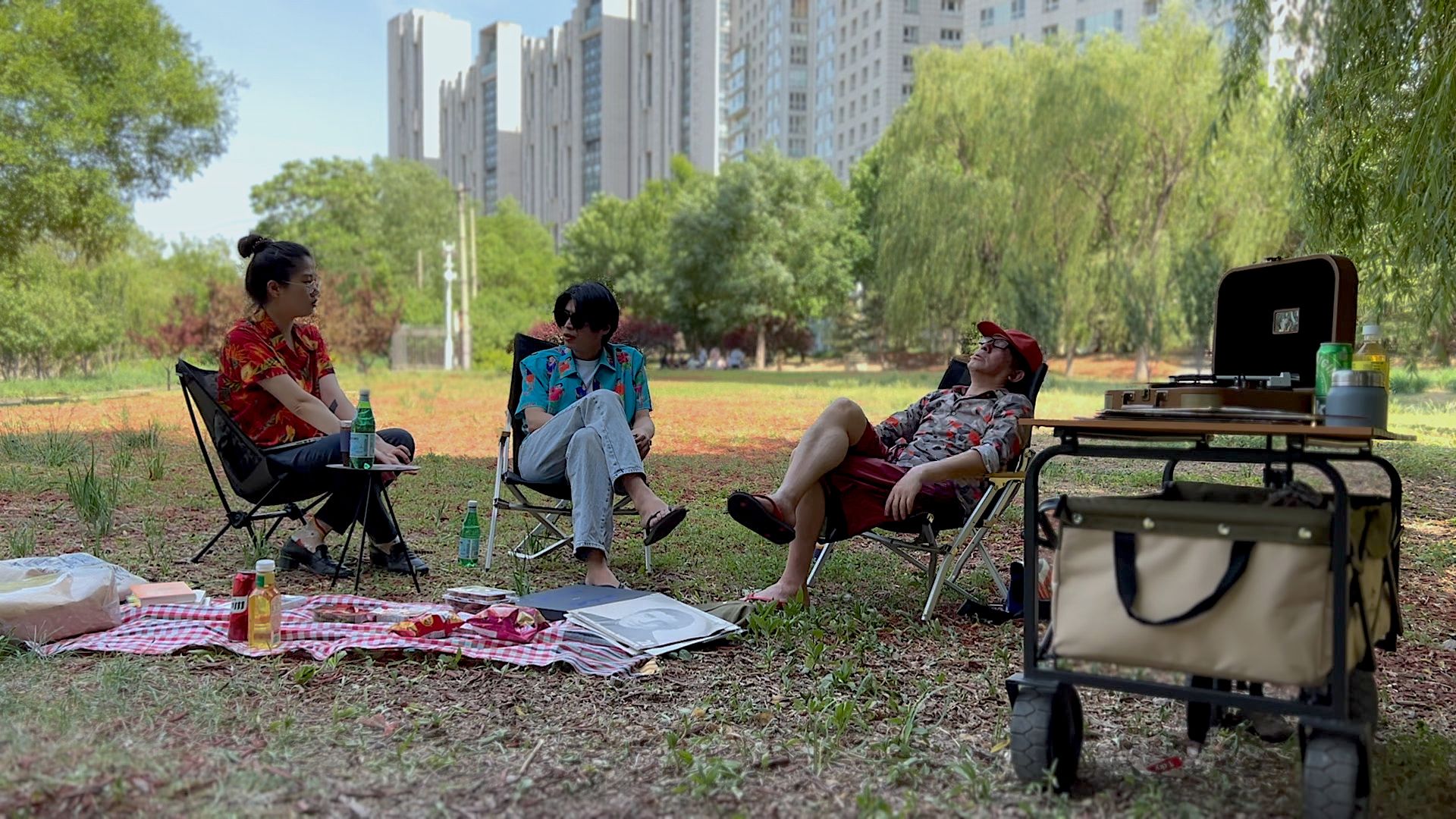
SR: Can you discuss your vision for virtual reality and how you aim to expand its boundaries beyond aesthetics, shock, and interactivity? Additionally, can you explain how you investigate and disrupt traditional experiences within your work?
CF: I don’t see my work as simply expressing my opinion on virtual reality or human-computer relations. It’s more about how I’ve personally experienced the changes in technology and society. My work follows the development of technology and how it shapes society, as well as how social changes affect the emergence and disappearance of different technologies. Over the years, I’ve witnessed how technology has changed the world around us, and I want to experiment with how it can dramatically change people’s lives. To do this, I created a virtual city that serves as a laboratory to model and experience these changes firsthand. By inserting my avatar or identity into this world, I can experience the changes directly and understand them from an insider’s perspective. It’s not my intention to enlighten people or give them a conclusion. Instead, I see it as an experiential process, where I fully participate and experience it myself. It’s similar to going through a dream or crossing a desert, and I want to share my emotions and experiences with others. I don’t want to tell people how amazing or awful it is but show them the complexity of the emotional response it elicits in me.
Technology and humanity are deeply entangled, and the relationship between them is complex. I hope that my work can offer a unique perspective on how technology affects us and shapes our world.
Credits
- Text: Shelly Reich
Related Content
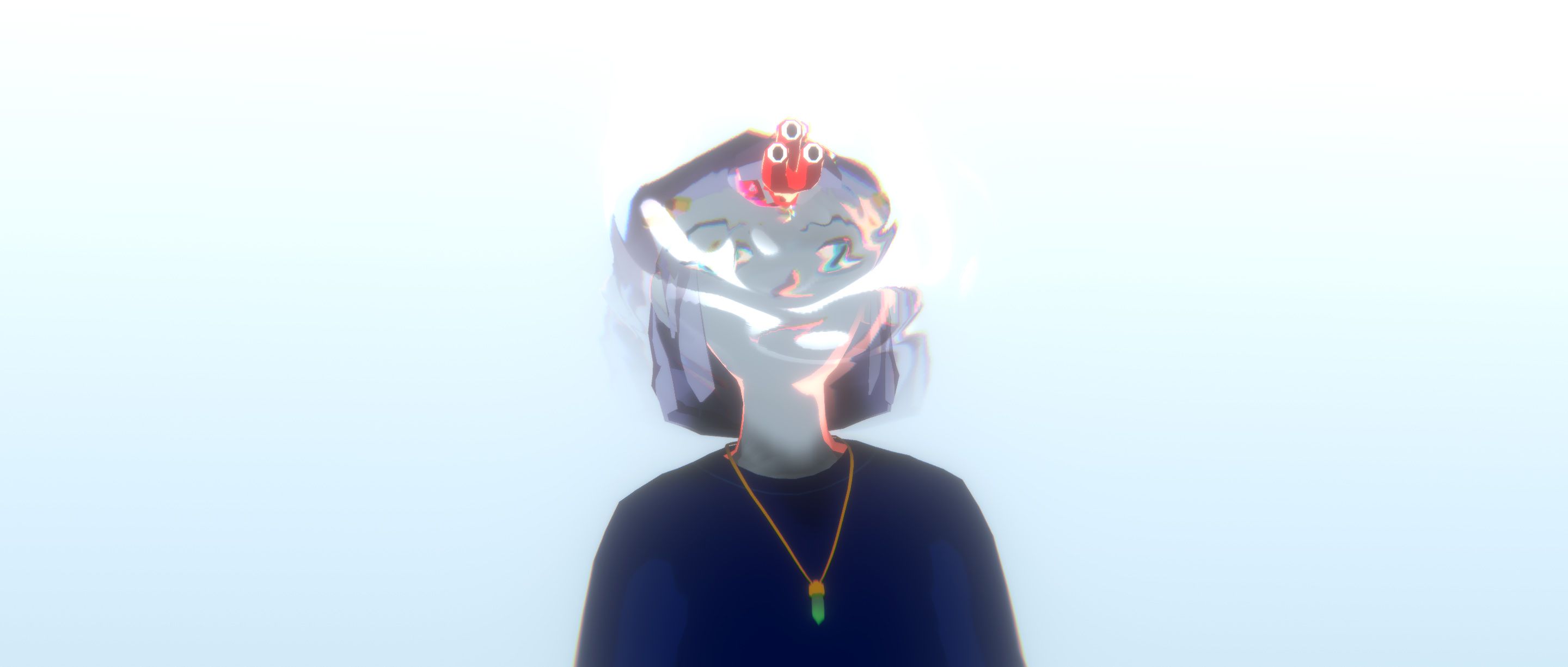
A Great Anomic Era: IAN CHENG
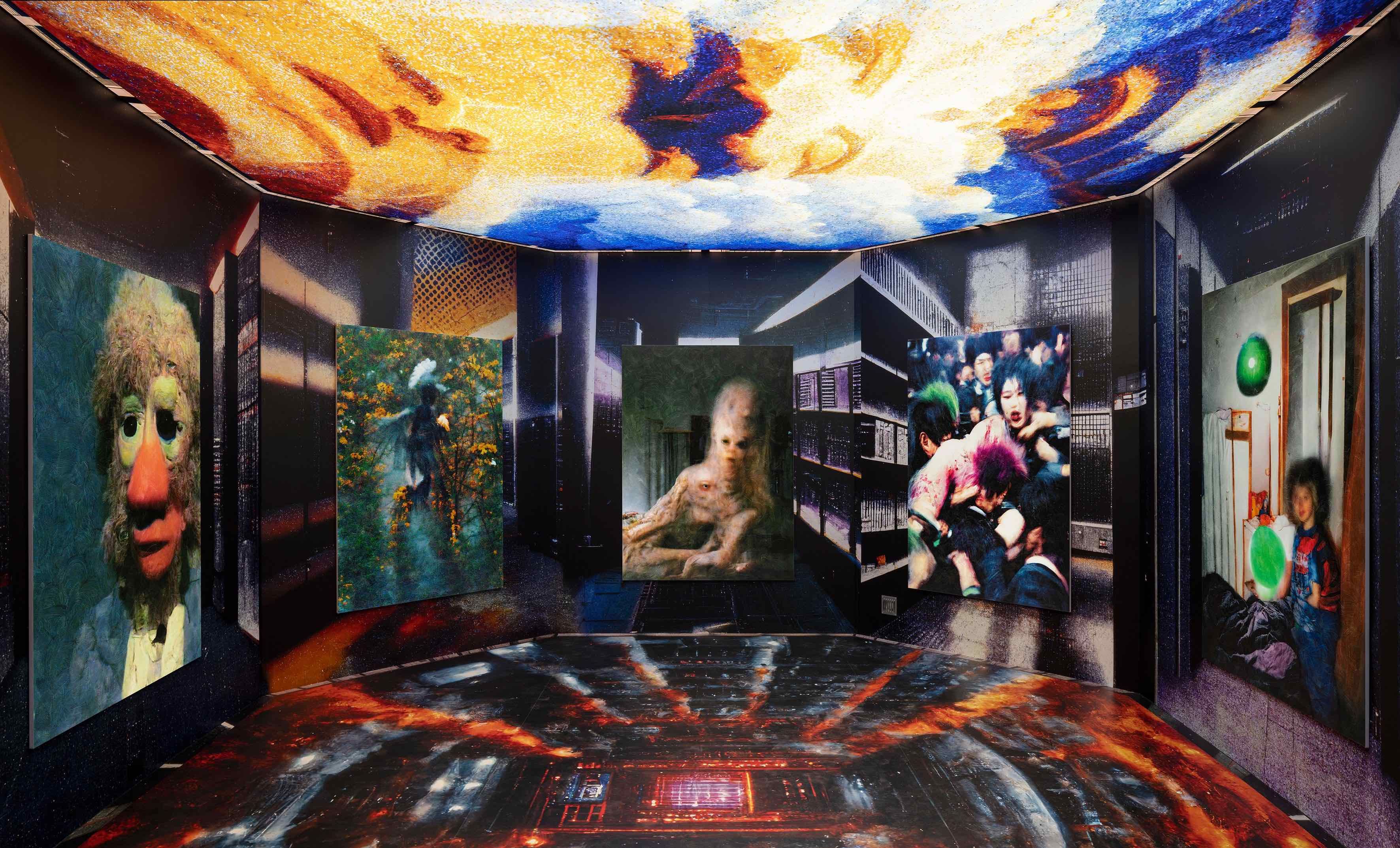
Finding Romance in the Grotesque: JON RAFMAN
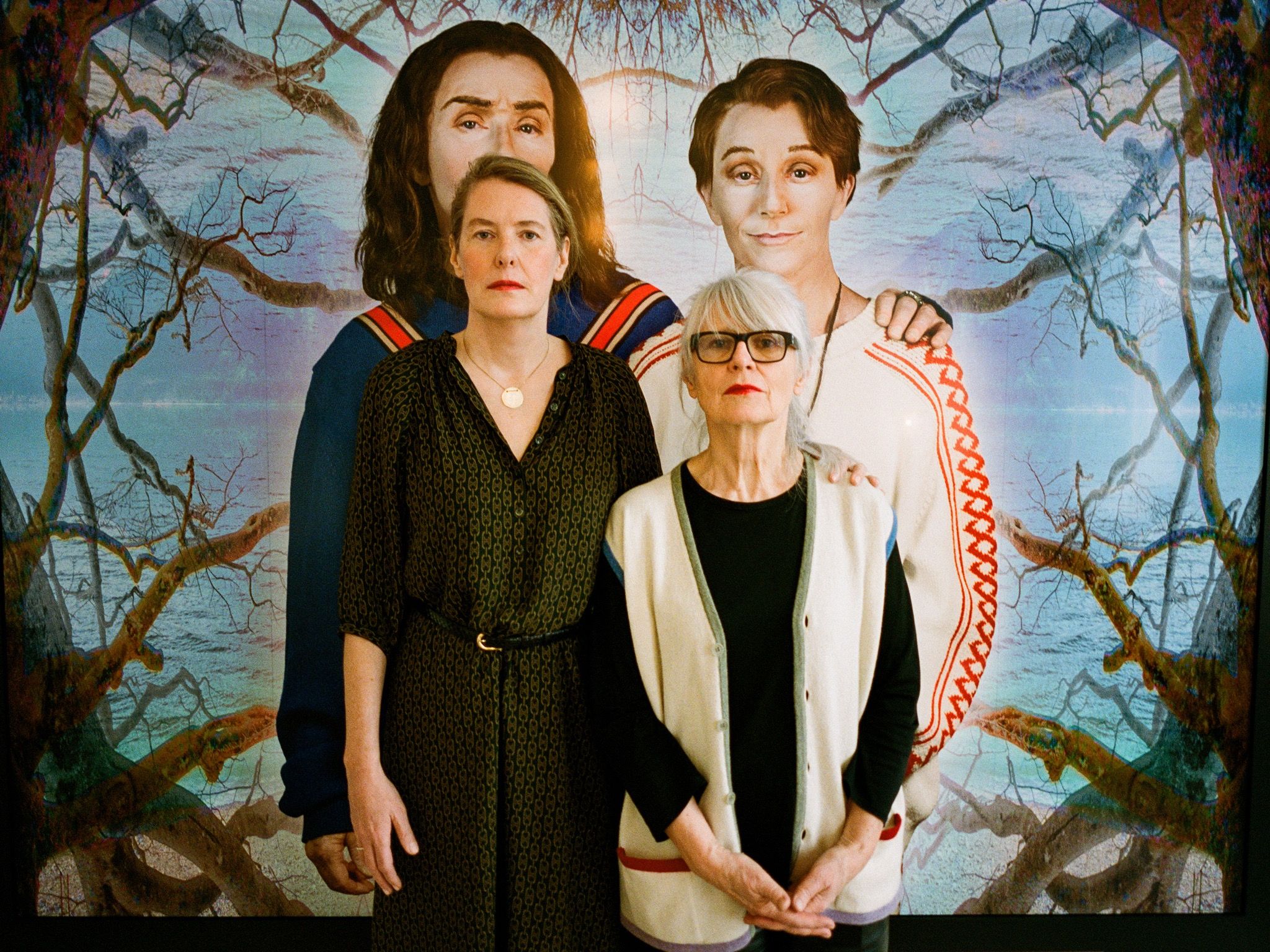
SPRÜTH MAGERS: The Art Gallery and the World
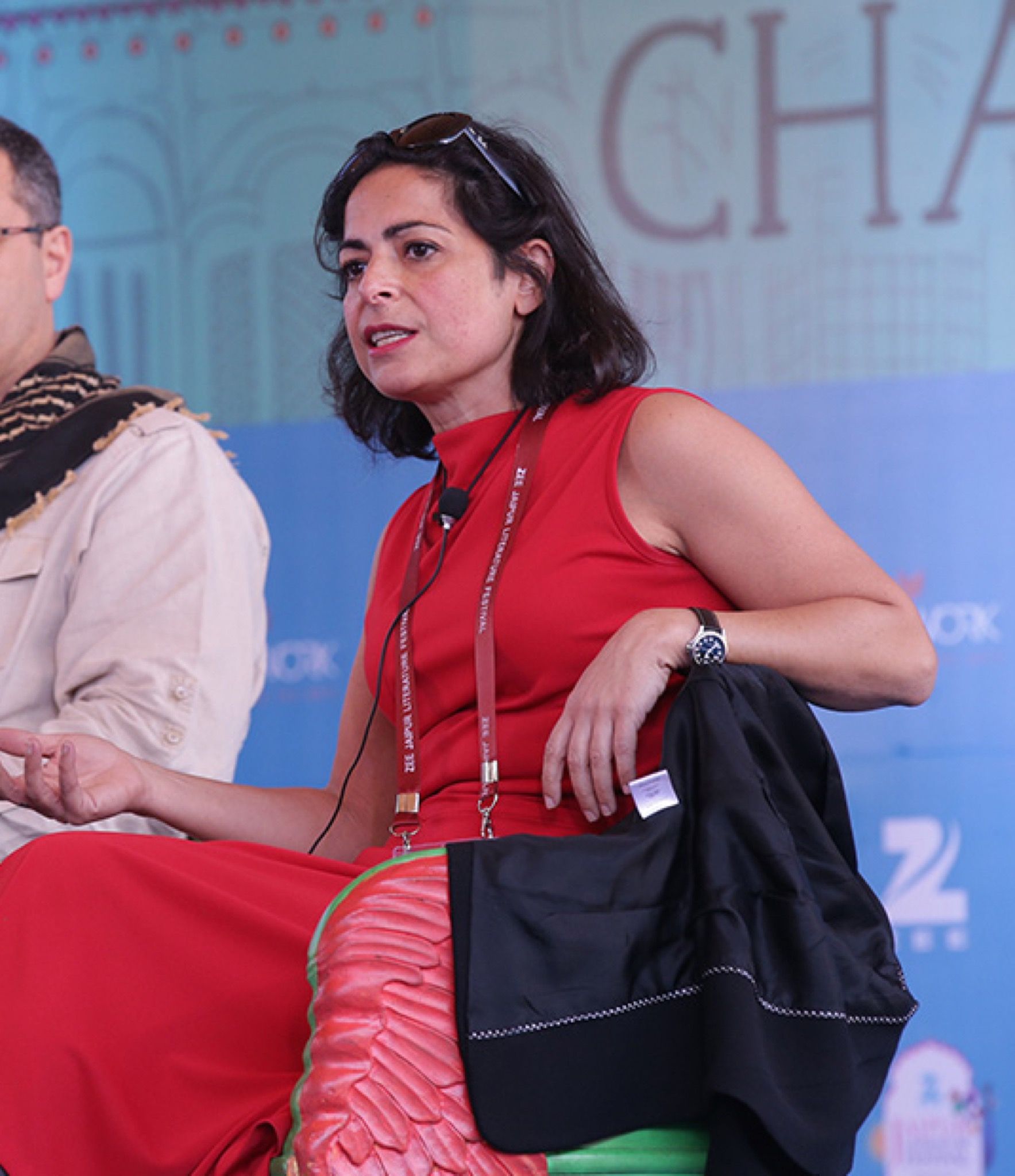
Between China and the Arabian peninsula, a “maritime silk road” powers global capitalism – even in the age of the cloud. LALEH KHALILI explains.
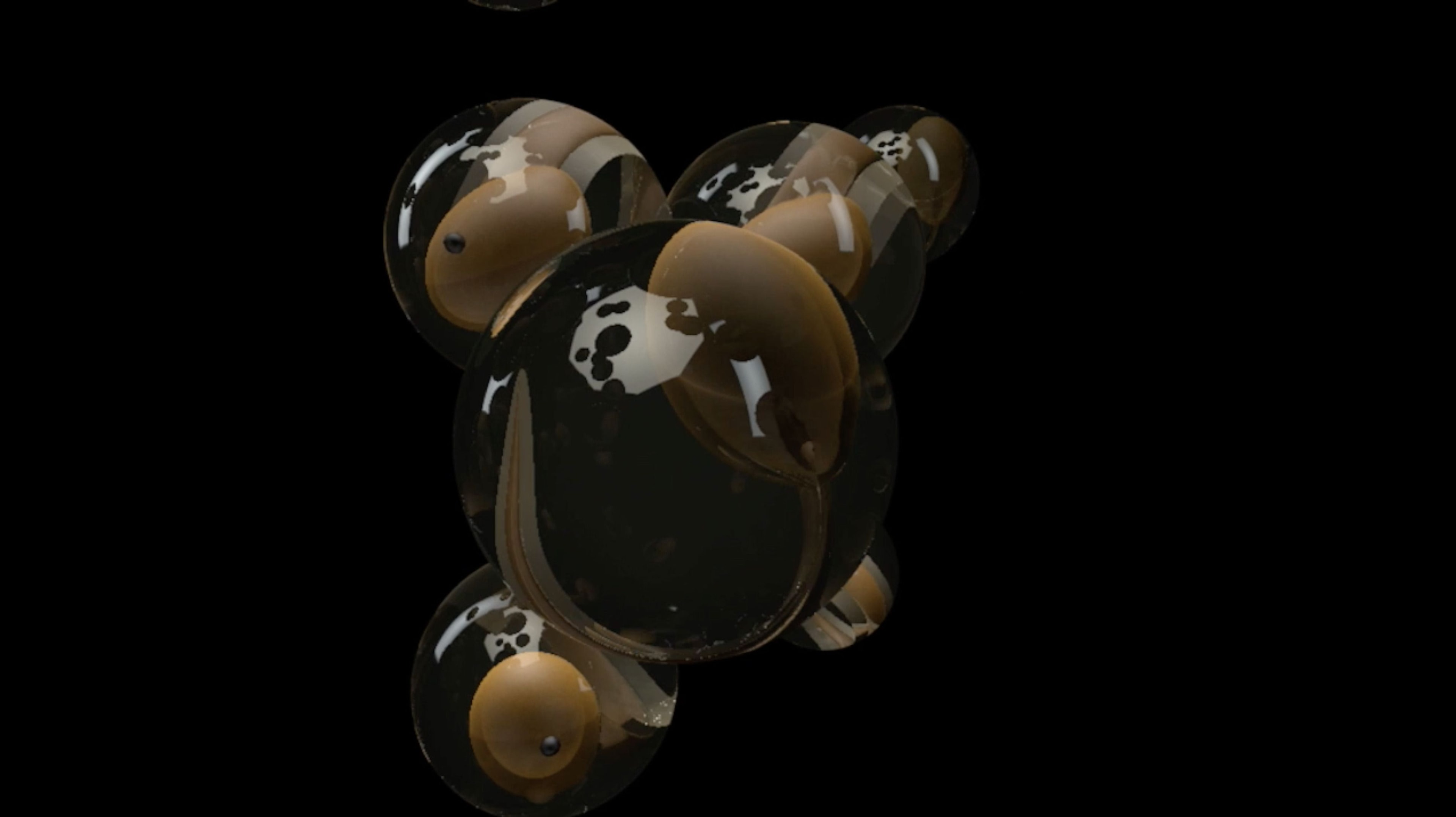
SHUANG LI : Intro to Civil War
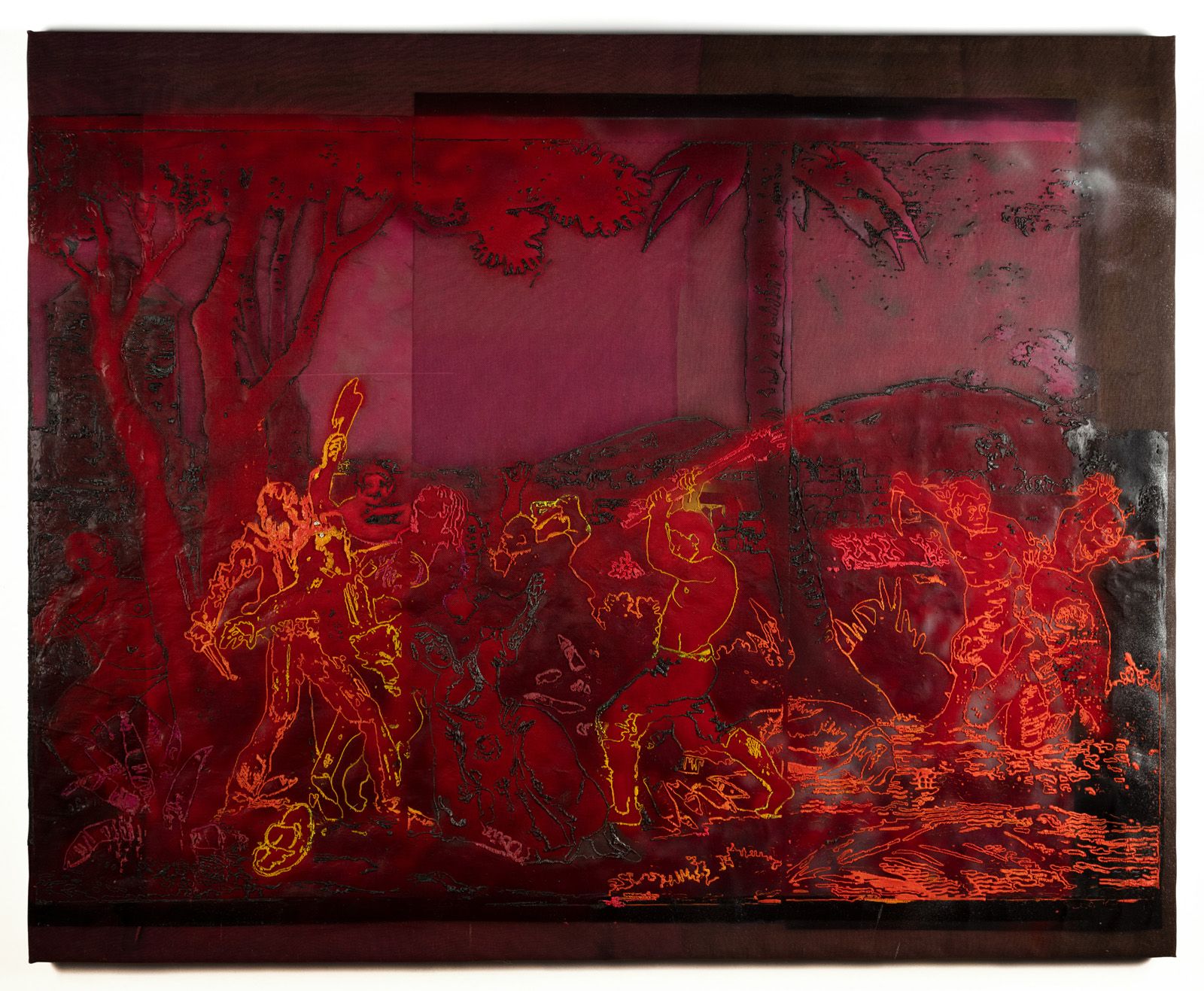
SMASHED COLLARBONES: Berlin Art Week 2022
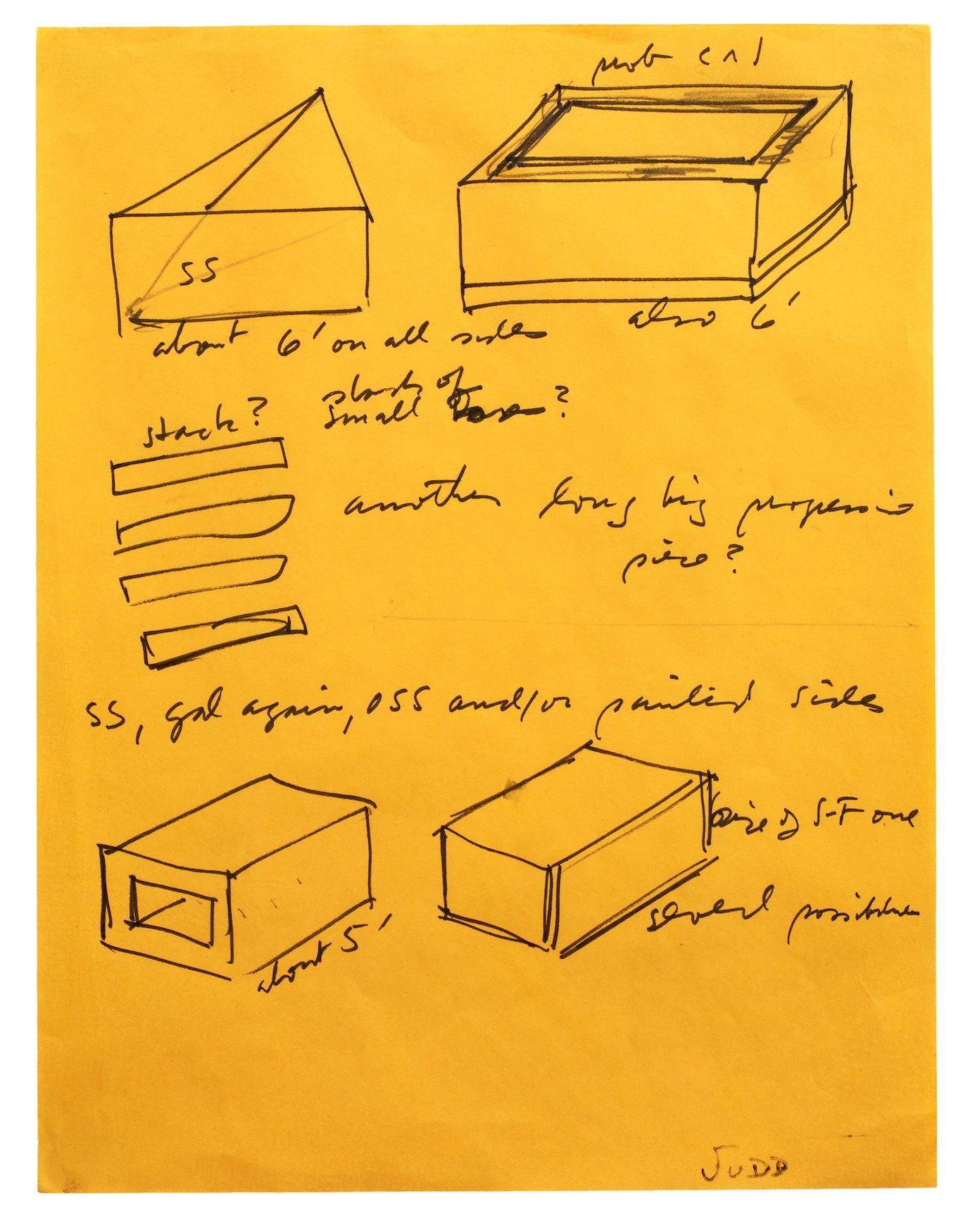
How Did DONALD JUDD Come Up with All Those Boxy Sculptures?
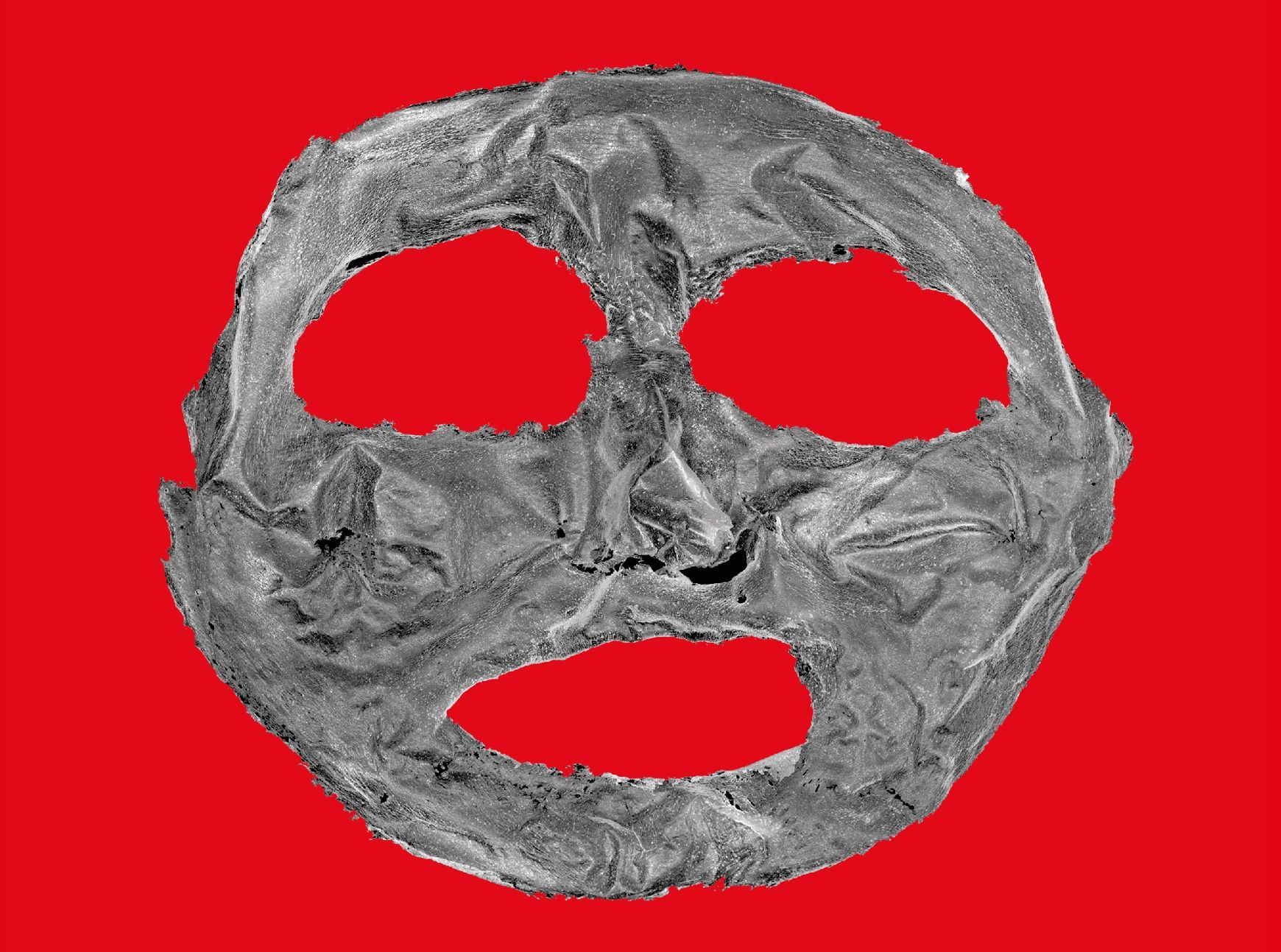
“DEVILS ON HORSEBACK” Curated by Claire Koron Elat and Shelly Reich